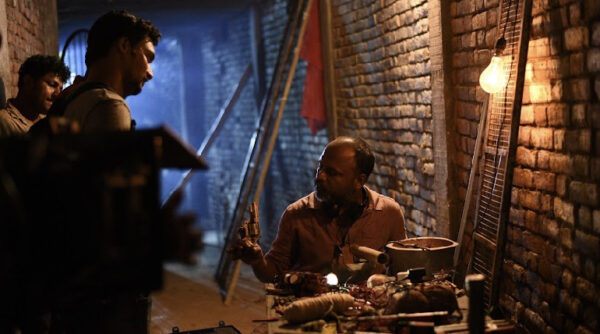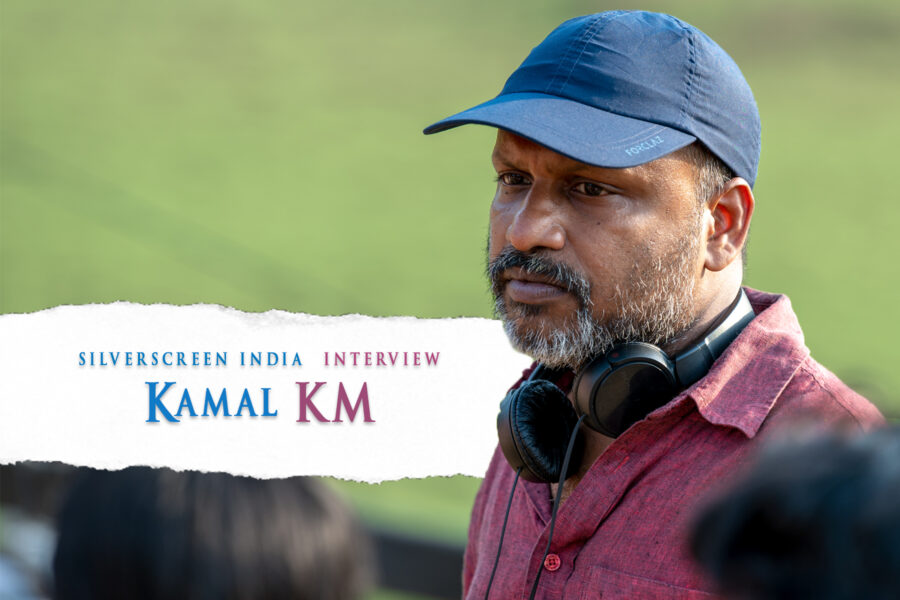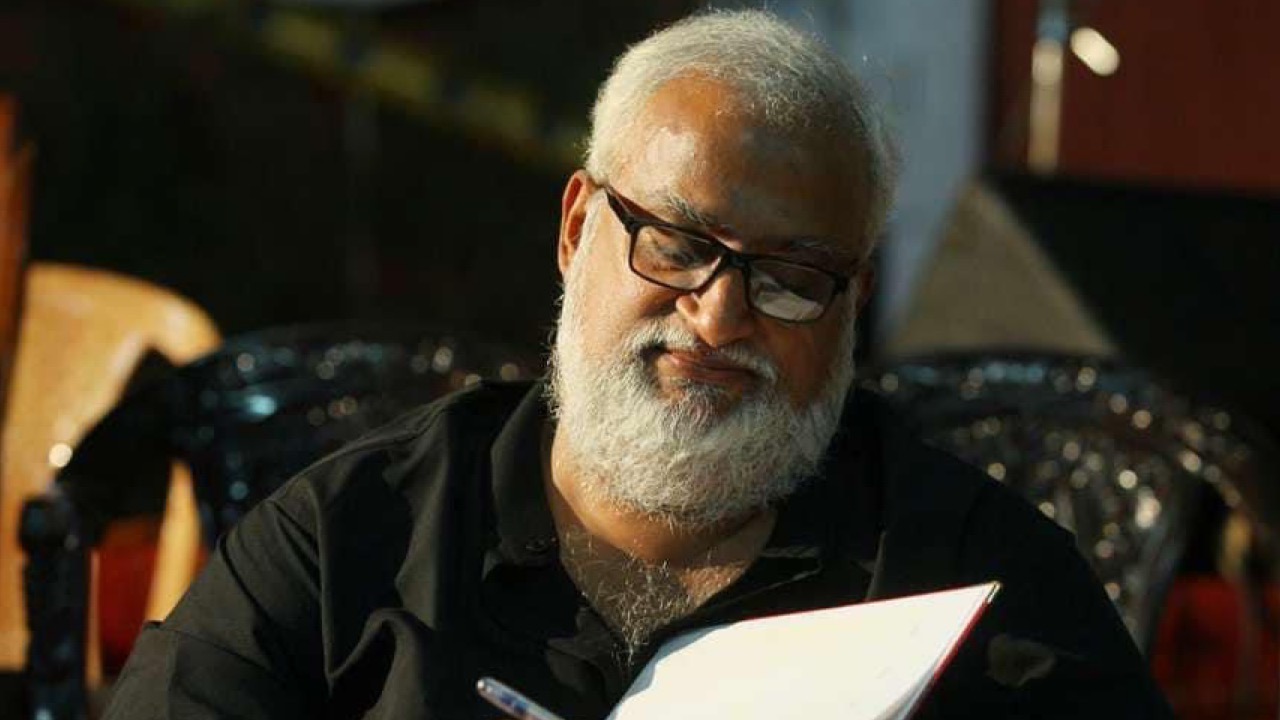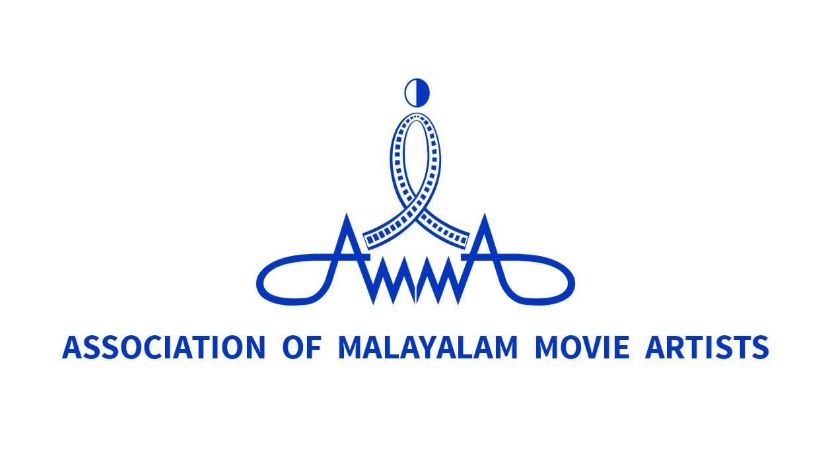US statesman James William Fulbright once said, “In a democracy, dissent is an act of faith.” Pada, the 2022 Malayalam film, by portraying one of the most unique forms of protest in Kerala’s history, served as a reminder of the power of dissent.
Directed by Kamal KM and starring Kunchacko Boban, Joju George, Dileesh Pothan and Vinayakan, Pada is a neo-noir thriller that depicts the true story of the resistance to the Adivasi Land Act.
The film is based on the protest of four men from Ayyankali Pada, an organisation within the fold of CPI (ML), in the 90s. On October 4, 1996, the four men took the Palakkad district collector WR Reddy hostage at the collectorate. They brought the state and legal system to a stand-still for nine hours, in a bid to have their demands be heard. These demands included the revoking of the controversial amendment of the Kerala Scheduled Tribes Act, 1975 that was hastily passed in the state assembly on September 23, 1996.
Pada, which was released in theatres in March, opened to positive reviews and is currently streaming on Amazon Prime Video. As appreciation continues to pour in for the film, Silverscreen India talks to director Kamal about his research for the project, filmmaking techniques, treatment, and more.
Why did you choose to make a film based on this 1996 protest? How is it relevant to the current times?
I chose to make Pada in order to remind the audience about the protest and its forgotten history. When this incident happened, I was in college doing a course in journalism. I followed up on this matter keenly with journalistic inquisitiveness. So this incident remained etched in my mind. Later, when I decided to make a film, I was reminded of this event. I knew that the story had the potential to be made into a film. But, more importantly, this is still an important issue faced by oppressed communities and it has not been addressed even today.

Also, I believed that the film’s core idea holds relevance to the current times in other ways as well. There are autocratic tendencies in our present political condition, as evidenced by things like the farm laws and the CAA-NRC act. There were many protests against these issues. Stakeholders were not considered when deciding on such laws. What is a democracy when there is no space for discussion or questioning? The 1996 protest mirrors what is happening now in our country.
What were some of the challenges that you faced in the process of making a film based on true events?
My major challenge was to make a film that remains true to the real incident. To ensure an honest portrayal of events, I decided to carry out extensive research. I met with people who had witnessed it, first-hand. I also met with the four members of Ayyankali Pada, the staff who worked at the collectorate and the former collector, Reddy.
As my research progressed, I got a lot of dramatic and exciting inputs, which I weaved into the narrative. This way, I was able to add more layers to the plot and characters.
There was a point where I considered making one of the protestors a woman in my film. But then I realised that it would be a forced fictionalisation, just to bring in more political correctness. So, I decided against that.
As far as the production went, the main challenge was handling such a big cast and crew. We had thousands of junior artists and we briefed each one of them about the crux of the story so that they were in on the process. We had different teams to coordinate with the artists and crew.
Can you explain your filmmaking technique and treatment? What did you have in mind while scripting Pada?
As a director, I conceive the script in terms of mise en scene. It is a French term that means stage design and arrangement of actors during production. From scenes to sequences, I try to build an idea with a sense of progression. I took suggestions from my cinematographer, production designer and the direction team. This was my technique for Pada.
About the treatment, I could have incorporated flashbacks and songs like any other mainstream, commercial film. But I consciously refrained from doing so, as that would distract from the core subject.
The core idea revolves around the oppression that the community faces. To emphasise this, I wanted to stick to portraying the protest itself. The real event was a form of performative protest. The way they held the collector hostage, and how they managed to do so for the nine hours, inherently has several dramatic and performative elements.
So the film, too, relied on the idea of performance. For instance, there is a scene where the four men are making bombs. It is set in a theatre. In this way, I subtly foreshadowed the performative aspect of the protest.

Pada is a story about a marginalised section of society. And sometimes, films on such topics don’t get a great reach in the mainstream space. But Pada did well commercially too and reached audiences beyond language barriers. What do you think made the film strike the right chords?
According to me, making something ‘cinematic’ is not about slow-motion or low-angle shots. I believe it is the ability to make the audience resonate with the characters and the ideas in a film. As a filmmaker, I ask myself why I should make this film. The answer, in the case of Pada, was to evoke sensitivity, consciousness and awareness in the masses about this event.
Recommended
Besides, I had a stellar cast, which was a big boost for the film. Even before the theatrical release, we were able to bag satellite and OTT rights and I think it was mainly because of the actors. However, I made sure to cast actors who looked similar to the real life people they were portraying. We also roped in actors like Prakash Raj, which added to the pan-Indian appeal of the film.
What has the feedback been like for Pada?
Feedback from audiences has been amazing. I saw people clapping in the theatres at the end of the film. After watching it, the four protestors said that they loved the film for upholding the integrity of the event and also noted that it did justice to the issue.
WR Reddy, played by Arjun Radhakrishnan in the film, also appreciated us for convincingly portraying his character on-screen. The former district judge, who is now bed-ridden, watched the film and conveyed his regards to us as well.
I am sure Pada has created a space for discussion and that itself is a huge leap.

How do you view the role of Malayalam cinema when it comes to discussing socio-political concerns and highlighting the issues of marginalised groups?
With the advent of the communist movement in Kerala, mediums of art like cinema, literature and theatre paved the way for reformative thoughts. They also voiced socio-political values. Some examples are films like Bhargavi Nilayam (1964), Chemneen (1965), and Yakshi (1968).
However, from the 90s onwards, we saw the emergence of right-wing Hindutva politics. And this has seeped into the world of Malayalam cinema and television over the past two decades. There has been a kind of glorification of Savarna values and marginalised castes are made fun of. In-depth observations and reflections on society was largely missing. Except for a very few films, Malayalam cinema shied away from the question of caste.
But again, in recent years, we have seen some fantastic films with greater sensitivity reaching a wider audience. Now, the change has begun. Some films discuss issues of oppressed groups. It is a very big shift.

Can you tell us a bit about your upcoming projects? What kind of films do you wish to make in the future?
I’d like to explore all the horizons. My next film is with Joju George. It is to be a romance drama that follows the life of a beedi worker. After that, I am also planning to make a musical thriller with Kunchako Boban. And of course, there will be reformative stances and socio-political layers in all my films.



